Solving the Homelessness Crisis

Solving the Homelessness Crisis
People lose their homes for many reasons, such as unexpected job loss, drug and substance abuse, family issues, and mental health problems. The population of displaced people in the US has risen, making it a crisis that needs to be addressed. Developing a perfect solution to resolve the issue of displacement is difficult because of the varying reasons that bring people to the street. The bid to end homelessness is not only rooted in humanitarian and ethical reasons but also the long-term economic benefits of solving, instead of managing, the problem.
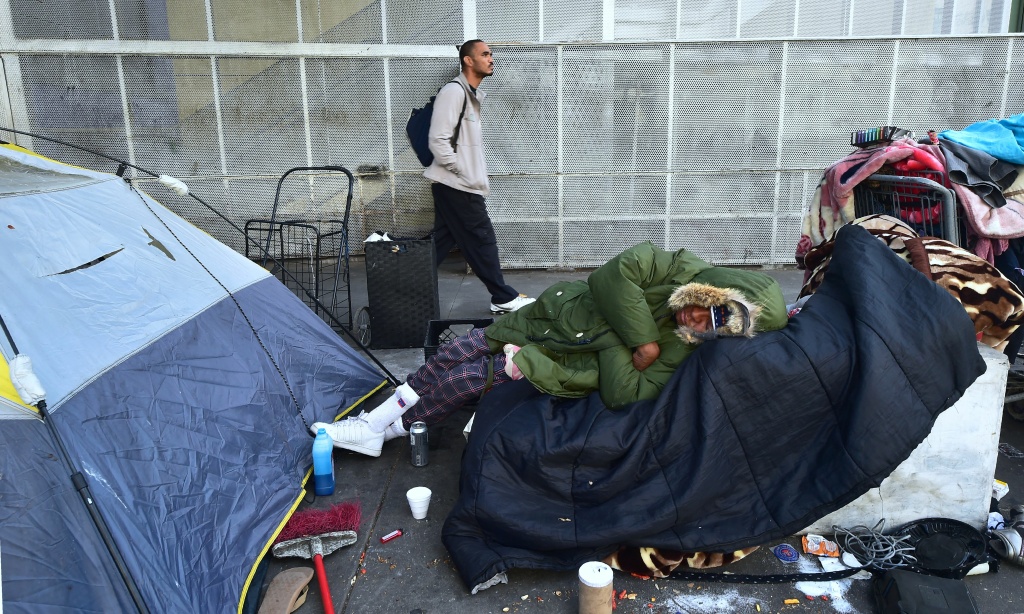
Center for Social Innovation
Therefore, this proposal expounds on Jeff Olivet’s article “4 Simple Ways to End Homelessness.” Olivet is the president and CEO of the Center for Social Innovation that is based in Boston. His perspective is relevant because of his significant contribution as an international advocate for the solution to poverty and related problems using strategy and innovation. Solving homelessness requires a strategic integration of the following four solutions: making housing a priority, providing essential services, keeping the homeless and risk groups socially connected, and focusing on prevention.
The government and other humanitarian organizations should help accommodate the people who currently live in the streets while other solutions are pursued. Many believe that the only answer to the problem is resolving the core reasons that lead to homelessness. However, solutions should be classified as short term and long term.
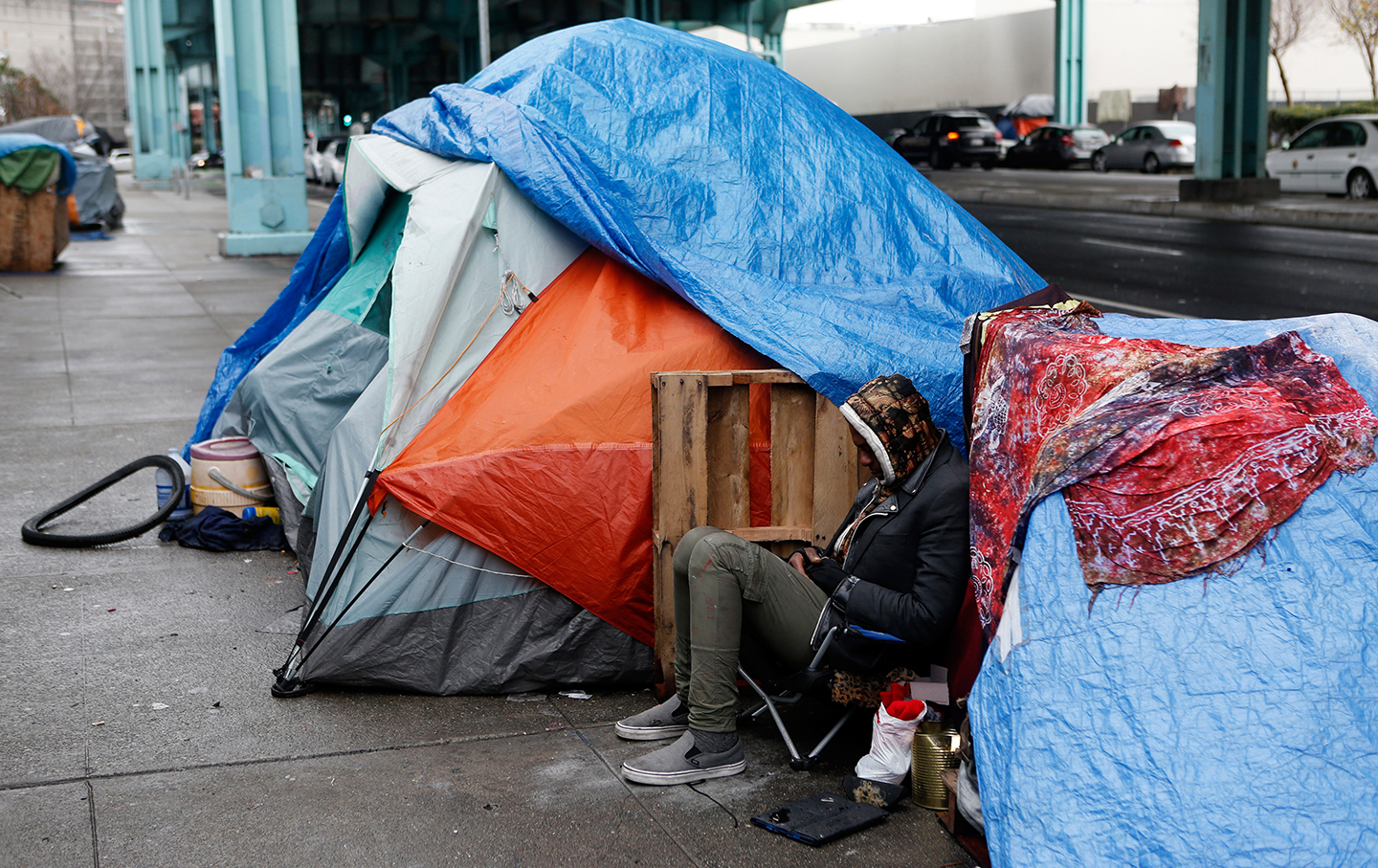
Institutionalization
A short-term approach is providing a form of housing as the matter is further tackled. The process of providing housing funds and other forms of assistance like institutionalization of the mentally ill and rehabilitation of drug users is procedural because of homelessness. In this regard, these displaced people are poor members of society who are living in dehumanizing conditions and require a home. Thus, shelters should be built as the homeless are upgraded into hostels and finally, affordable permanent houses.
Furthermore, to lower the growth rate of the population of homeless people, the government has to develop strategies that promote affordable housing for all social classes. Unfortunately, when addressing the rising cost of rent, the focus is always on the middle class. According to Gray, Finland has managed to handle the problem of homelessness through a housing-first program that is based on the belief that the social and health problems underlying poverty become solvable when the housing is affordable.
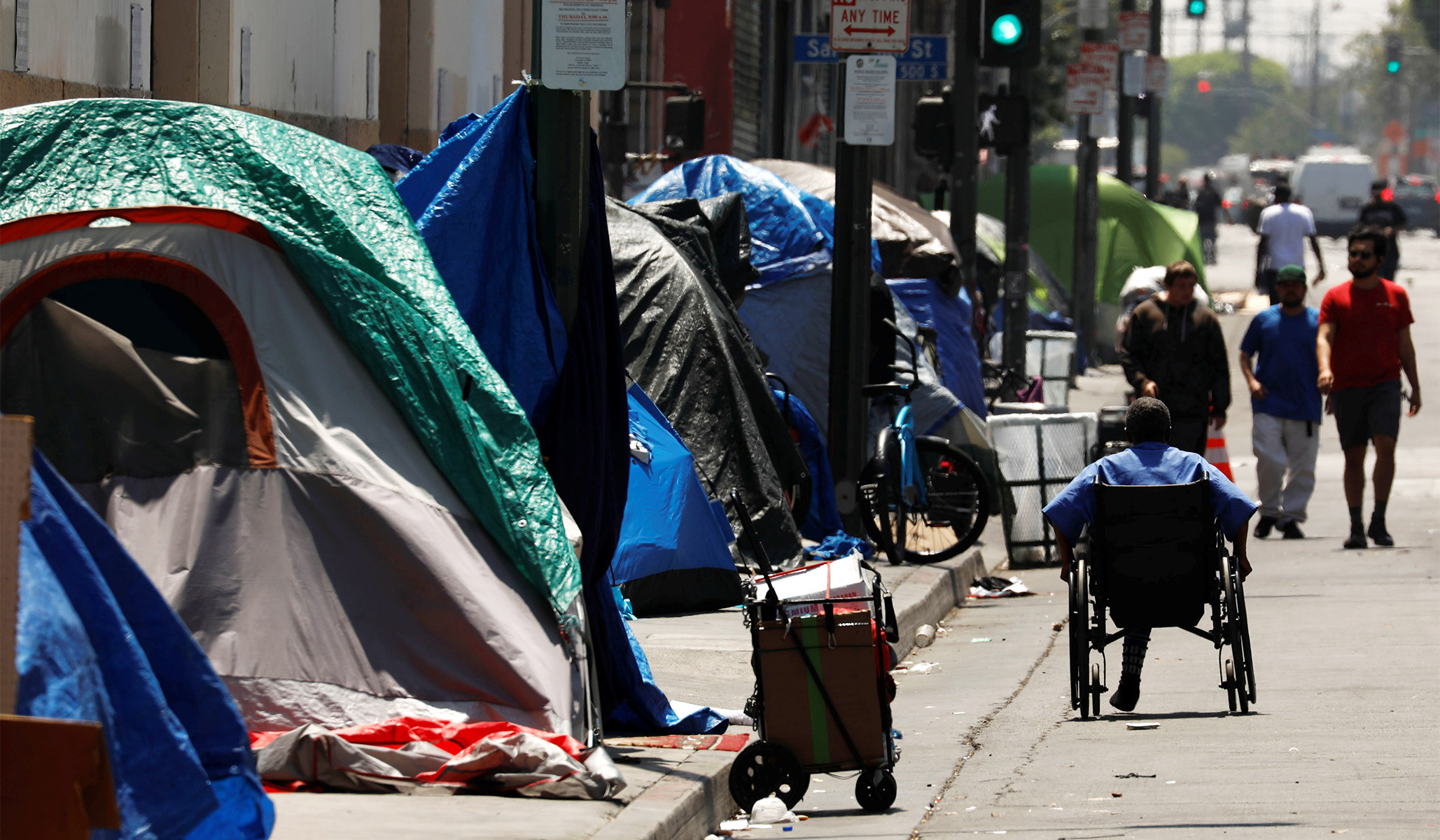
Housing Strategies
Research by Olivet shows that when people who have been destitute for a long time are provided with permanent housing, their health improves significantly. Therefore, the government should first focus on affordable housing as a solution to homelessness, and the other contributing factors will become manageable. However, housing strategies have previously failed because all focus has been to accommodate the current destitute without regard for future homelessness.
Among long-term solutions to homelessness is the provision of services, primarily to the poor lower-class. Education, healthcare, and employment are some of the facilities that can help restore stability to vulnerable individuals. More than 50% of the vagrant people can function normally and eventually become independent and lead a normal life. A sudden change in life may destabilize an individual significantly and make them homeless (Gray). Some of the homeless are drug-dependent and could be rehabilitated. If such individuals can be identified, supported, and offered a means of sustainability, like employment and a house, they may regain control of their lives.
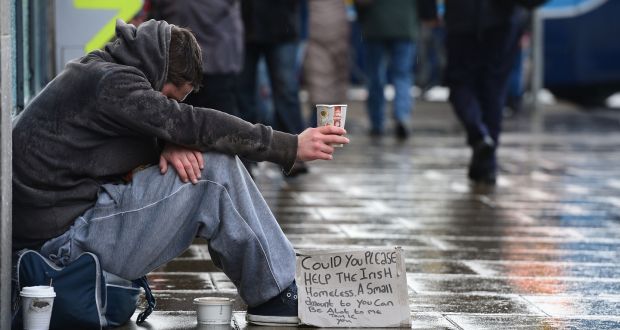
Additional services include welfare programs to ensure people afford basic needs. The idea is that the homeless are overwhelmed by the cost of living and are left with no other option but to live in the streets. As Dear and Wolch expound, efforts should be made to provide education, healthcare, and support through unemployment benefits and social insurance (15).
Unstable Accommodation
Furthermore, other factors that contribute to a productive lifestyle should be addressed, for example, provision of transportation from the settlements of the destitute to areas where they can find jobs. Many social welfare programs are in place, but the goal is to include them in an overall strategy. Homelessness begins from unstable accommodation and the constant moving of the poor who struggle with unemployment and high housing rates (Hopper 17). Thus, social welfare helps stabilize the semi-housed population to ensure they do not end up homeless.
According to Olivet, it is not enough to provide housing to the homeless; they also need a sense of belonging to help them function normally again. Besides, many of the people who are assisted by being given housing end up being lonely and depressed, which will eventually lead them to relapse into their old ways (Olivet).

Provision of housing to another human being is a tremendous moral step, but until they are regarded as equal members of the society so that they can develop a sense of belonging, the problem will not end. The solution begins with sensitization to ensure the public changes their perspective on these people, who find themselves in a series of unfortunate events that leave them homeless. Developing an understanding that anyone can become homeless and encouraging members of the society to contribute to helping the homeless can help improve their social status.
Deinstitutionalized individuals who are not socially connected either get re-institutionalized or lose their shelter. Many homeless people have social challenges that require assistance from corrective centers. These individuals need a society they can fit in with to ensure they do not feel isolated, as this will lead to relapses. According to Dear and Wolch, lack of physical, mental, and social preparedness when reintroducing individuals from institutions back to society contributes to the homelessness menace (20).
Additionally, because of their insecurity about fitting in socially, they move to poor settlements and ghetto neighborhoods because they have been lead to expect little from others. These people are used to being isolated and living without a steady income. Therefore, it takes an effort to restore their confidence.
Intervention Strategies
Research on the problem of homelessness should be done to identify risk groups so that intervention strategies can be used. Any problem-solving process requires both immediate solutions and preventive measures. Homeless people fall into distinct groups with traits that could be used to predict and stop the growth of this population in the future (Olivet).
Research into society’s acceptance of deinstitutionalized individuals shows that reception of such people fall into four categories: 1) the authoritarian view that regards the deinstitutionalized as inferior, 2) benevolence that is based on humanitarian and religious empathy, 3) social restrictiveness that perceives them as outcasts, and 4) institutional biases where they are rejected or accepted into the corrective institution they are from (Dear & Wolch 22).
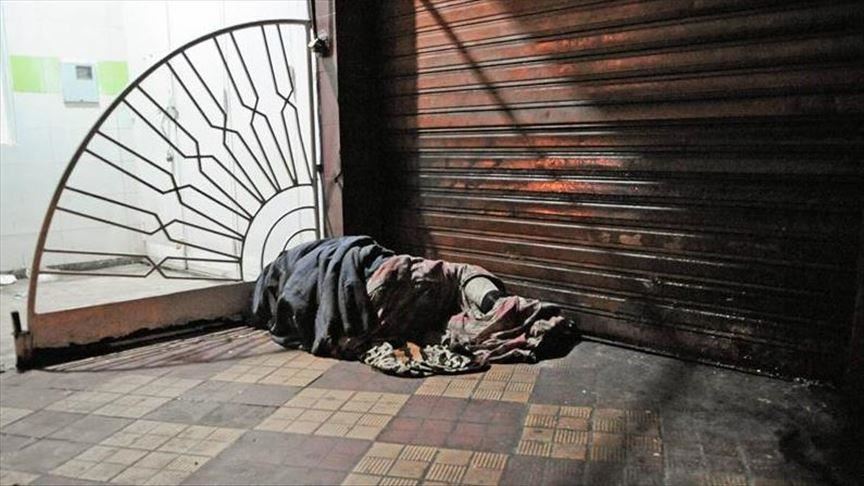
The study, therefore, suggests that the balance of the four responses determine acceptance or rejection of the deinstitutionalized. Therefore, using the four analyses helps to identify factors that contribute to homelessness and make prevention possible.
Legislation should be established to address homelessness explicitly. Aside from humanitarian efforts, legal solutions should be pursued where necessary. Many laws are tied with the homelessness issue because it is a livelihood problem. Legislations about housing should be the first to be linked with the problem. Additionally, review of wage limits and government welfare programs would assist in limiting the growth of displaced people and ending it in the future.
According to Hopper, many interested parties have advocated for the homeless through demonstrations and lobbying for legislation on federal, state, and even local levels (177). However, as with the other efforts, such as socially connecting the homeless people, these laws may not yield much success without being supported by other initiatives. The effectiveness of the solutions is to be achieved through integration so that the legislations could incorporate other proposed solutions. Laws have to be enacted not only to encourage humanitarian support of the homeless and underprivileged, but also to oblige various stakeholders to take action.
Conclusion
No single solution can end homelessness. A strategy should be developed to integrate four separate solutions so that they can be used in parallel and simultaneously. First is to prioritize housing for all by lowering housing rates and finding a solution to ensure low wage earners can afford houses, and to provide housing for the currently displaced people.
Secondly, essential services should be made available to improve livelihoods especially for people with unreliable income. These services should include welfare and humanitarian assistance to prevent homelessness. A third solution is promoting social connection among the displaced and those vulnerable groups like the mentally ill, drug users, ex-convicts, and deinstitutionalized individuals.
Finally, there should be an overall shift from managing homelessness to preventing and eliminating the problem. These four solutions have been attempted to some satisfactory degree without any success because each has been used independently. Thus, success lies in the strategic integration of all four solutions.



